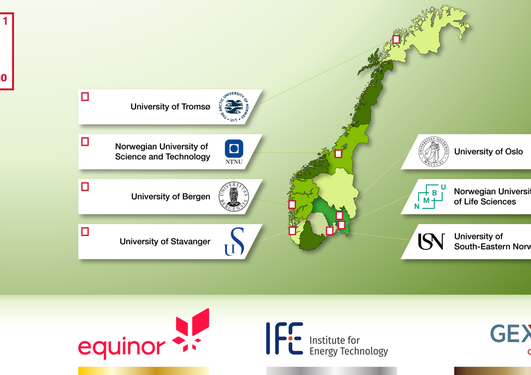HySchool Webinar #8: Abhishek Banerjee (UiS) & Alessandro Campari (NTNU)
The next HySchool Webinar will take place on Teams at 10:00 CET on 10 September 2024. This webinar will feature PhD-candidate Abhishek Banerjee from UiS and Dr. Alessandro Campari from NTNU. Each will deliver a 15-minute presentation followed by a Q&A session on their respective topics.

Hovedinnhold
You will find powerpoints from the presentations under "Documents" after the webinar.
Abhishek Banerjee
PhD candidate at UiS
Additives in TiFe-Metal Alloy Systems: Effect on Crystal Structure and Hydrogen Storage Properties
Hydrogen storage remains a challenge in the hydrogen economy due to its light weight and density. Metal alloys, particularly titanium-iron (TiFe), have emerged as a viable option for hydrogen storage at ambient conditions. TiFe is known for its ability to reversibly store hydrogen at room temperatures, with comparable volumetric capacities as that of liquid H2 (~100 kgH2 m-3). However, its relatively low gravimetric capacity and oxide formation present drawbacks for TiFe as a standalone storage material. To overcome these challenges, researchers have proposed elemental doping and post mechanical processing. Theoretical studies have suggested that incorporating transition elements (for ex: Cr, V, Nb, Mn) as dopants in TiFe can enhance its hydrogen storage properties. By replacing Fe and Ti in the lattice, these dopants induce changes in lattice size and strain, creating favorable diffusion pathways for H2. To our best knowledge, there is limited research on TiFe doped with transition elements Ta, Nb, and a clear correlation between its crystallographic structure and hydrogen storage properties is still lacking.
In this study, TiFe samples with transition element Nb with varying stoichiometries were synthesized using vacuum arc melting (VAM). Characterization techniques including powder X-ray diffraction (XRD) and Extended X-Ray Absorption Fine Structures (EXAFS) analysis were employed. The results demonstrated high correlation between structural refinement achieved through PXRD and EXAFS analysis. H2 absorption and pressure-composition-temperature (PCT) measurements were conducted, which showed that precise doping of TiFe with transition element dopants significantly improved activation and kinetics. These findings contribute to a better understanding of dopants occupancy in the crystallographic structure of TiFe and its impact on hydrogen storage properties.
Alessandro Campari
Postdoctoral Fellow at NTNU
Risk-based Inspection and Maintenance of a Liquid Hydrogen Bunkering Facility
The shipping sector is responsible for approximately 4.5% of global emissions, and hydrogen was indicated as a clean and sustainable energy carrier capable of mitigating its environmental impact. The relatively high energy density of liquid hydrogen makes cryogenic storage an attractive option for maritime transport. Large-scale hydrogen bunkering facilities will be crucial to establishing an effective supply chain. Nevertheless, the chemical properties of hydrogen and its cryogenic storage conditions are reasons for concern regarding the safety of these storage plants. Preventive maintenance can reduce the likelihood of undesired events, but inspection planning is inherently challenging in the case of innovative facilities where massive amounts of hazardous substances are stored. The lack of technical data and operational experience with similar plants represents a significant bottleneck. The risk-based inspection (RBI) methodology prioritizes inspections of safety-critical components to minimize the overall plant’s risk. This highly beneficial strategy can only be adopted for hydrogen technologies with highly unrealistic assumptions. Therefore, a novel RBI approach was developed, which considers the hydrogen-specific hazards. The methodology was applied to an LH2 bunkering facility to highlight the advantages of this approach against the conventional RBI methodology.
Microsoft Teams meeting
Join on your computer, mobile app or room device
Click here to join the meeting
Meeting ID: 391 457 099 491
Passcode: ZVyAXQ
Download Teams | Join on the web
Learn More | Meeting options


